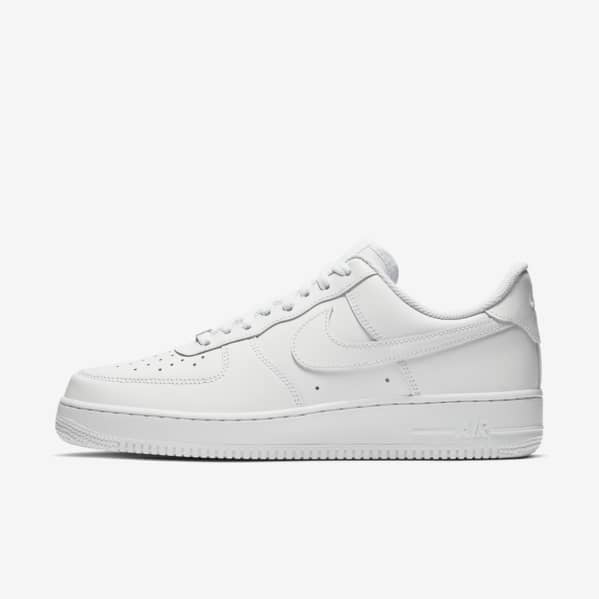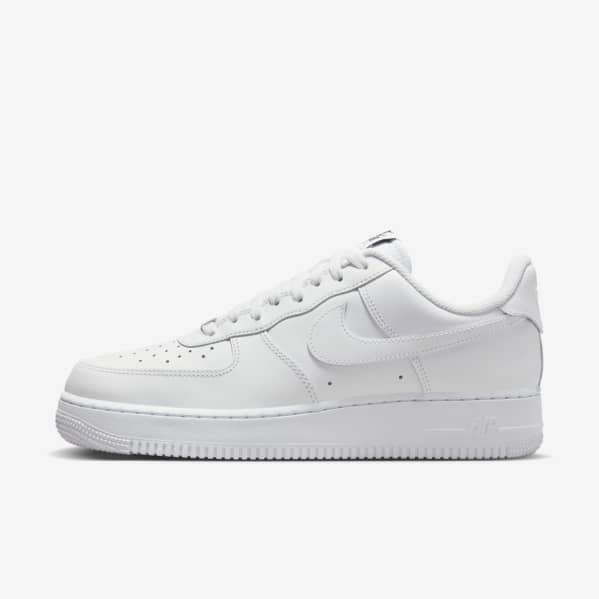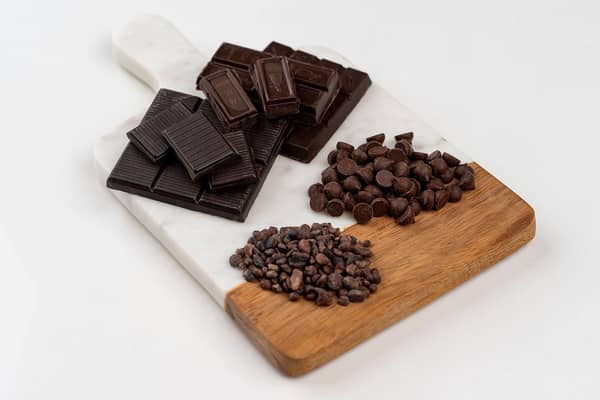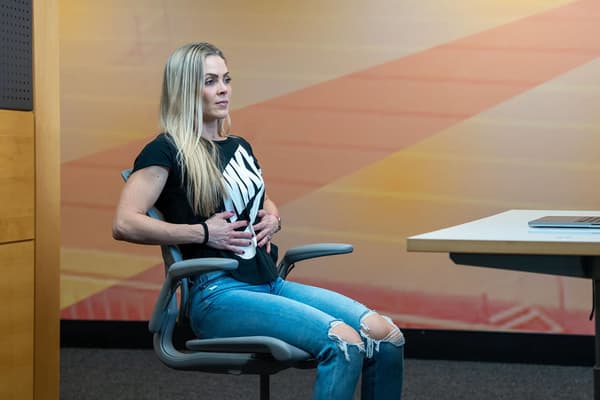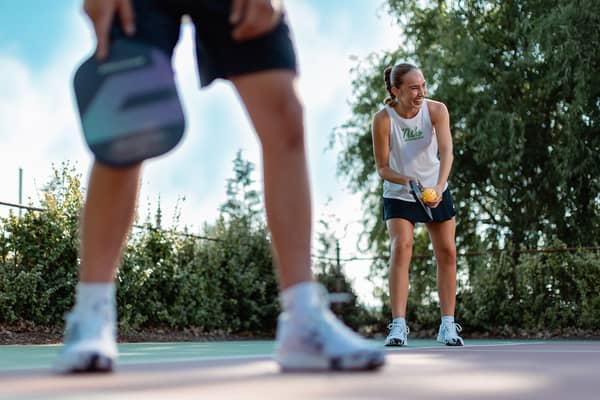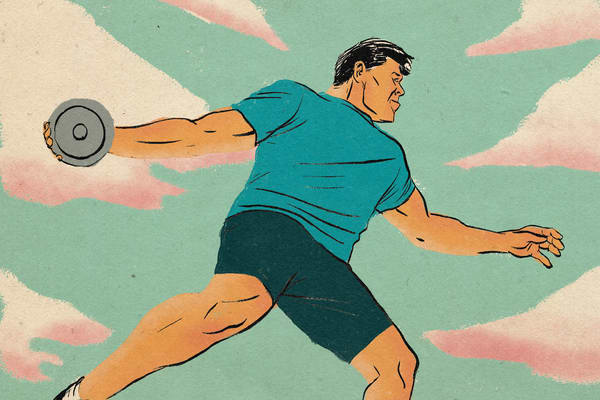5 Solutions to Stop Shoes From Squeaking
Product Care
Whether your shoes squeak because of moisture or stiff seams, follow these tips to stop shoes from whining while you walk.
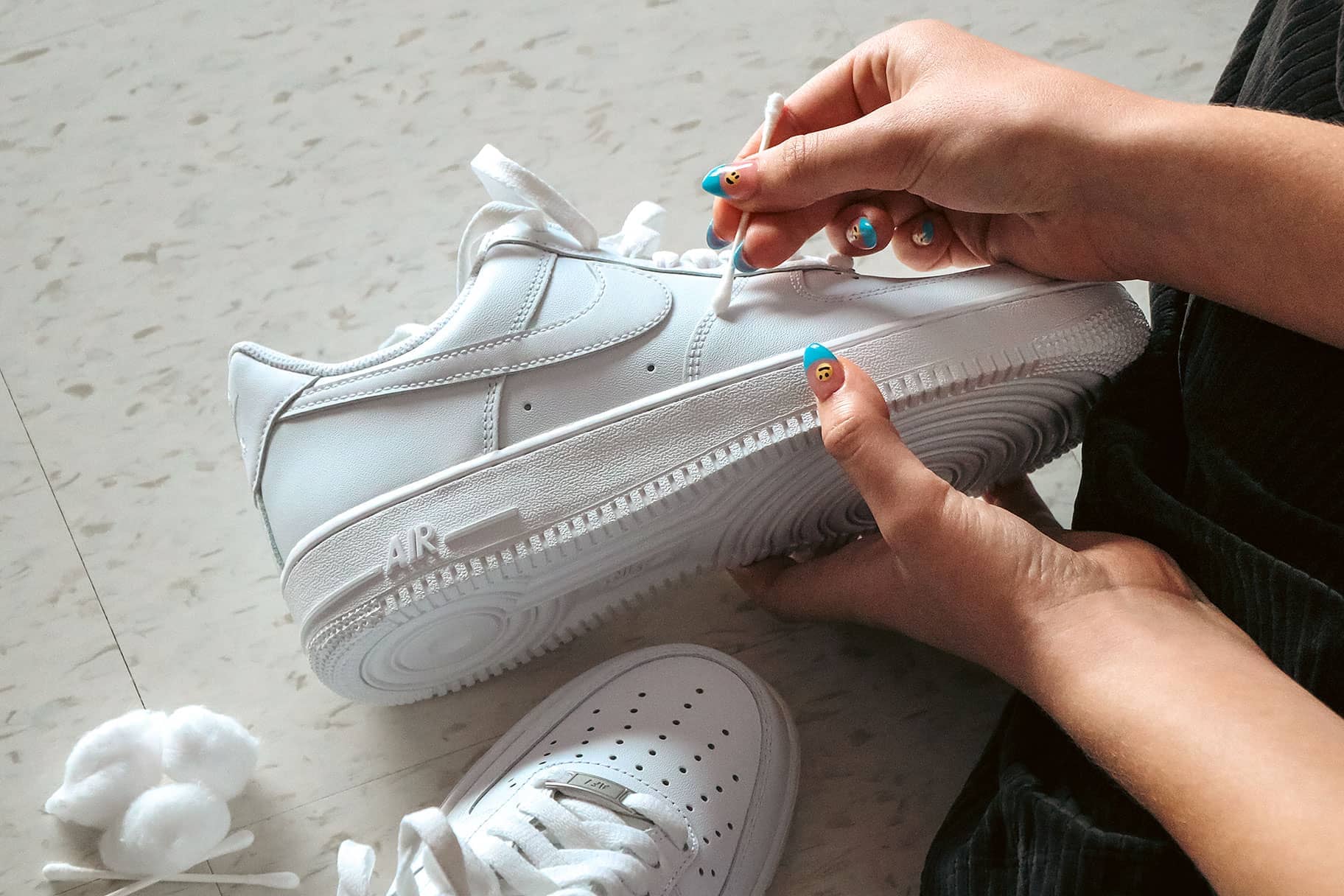
Supplies
- Newspaper
- Baby powder or talcum powder
- Petroleum jelly or coconut oil
- Leather conditioner
- Saddle soap (optional)
Tools
- Washcloth
- Sponge
There are three main culprits behind squeaky shoes: water, newness and friction. Don’t abandon your footwear because of the noise. Follow these steps to identify and address a squeaking shoe.
How to Stop Shoes From Squeaking
1.Thoroughly Dry Shoes
If excess moisture is causing the squeak, dry shoes thoroughly. Leaving them in the sun to air-dry doesn’t always reach the moisture causing the sound. Instead, remove the insoles, crumple up newspaper and stuff it all the way to the toe of the shoe, then wrap the shoes in a towel. Leave them to dry in a well-ventilated area for about 12 hours. Placing them near a fan or vent blowing warm air will help them dry faster.
Before putting the insole back, you can sprinkle some baby powder or talcum powder directly in the shoe to let it soak up lingering moisture.
2.Speed Up the Break-In Period
Sometimes, the squeak comes from the outside of the shoe. This happens especially with new shoes. The sound can originate from brand-new rubber soles or from stiff seams on the outside of the shoe.
The more you wear new shoes, the more they will loosen and quiet down. To speed up the process, consider wearing the new shoes around the house to break them in. The squeaky sound should go away with more use.
3.Reduce Friction
If the squeak is coming from the inside of the shoe — and it’s not due to moisture — try removing the shoe insole and adding a thin layer of petroleum jelly or coconut oil to the bottom of it. This will help reduce friction if the insole is rubbing against other parts of the shoe.
4.Condition Your Shoe
Sometimes it’s not excess moisture that makes a shoe creak but the lack of it. A dried-out shoe can make noise as well, especially when shoes are made out of leather. To address the issue, use leather conditioner to moisturize the shoe and keep it from squeaking.
To get started, remove the shoelaces first, then dab a small amount of conditioner onto a clean cloth. Work in small, circular motions to gently rub it into the leather uppers, focusing your attention on any natural creases that have formed.
Leather shoes also sometimes squeak when the laces rub against the tongue of the shoe. You can use saddle soap — a special compound meant to clean, condition and protect leather — to fix the sound.
Apply the soap to a damp cloth and rub onto the tongues, creating a lather. Wipe it away with a clean, damp cloth or sponge. If you don’t have saddle soap, leather conditioner will work for this as well.
(Related: 3 Easy Ways to Clean Shoelaces)
5.Wear Socks
Squeaks in shoes aren’t always caused by the shoes themselves. Sometimes it’s your feet. If your shoes tend to squeak and you’re part of the no-socks squad, try wearing a pair of socks.
Even no-show socks will do the trick. If your shoes stop squeaking, you’ll know the problem was caused by the friction from your bare foot inside the shoe.
Frequently Asked Questions
What causes shoes to squeak?
Brand-new shoes often squeak during their break-in period due to stiff seams and new rubber soles. Moisture trapped inside the shoe will cause a squeak until it is fully dried out. Points of friction between the shoe’s insole and sole can cause a squeak, as well as wearing shoes barefoot.
Leather shoes can squeak when they are too dry and need to be conditioned or if the laces are rubbing against the tongue.
How do you get shoes to stop squeaking?
Many common causes of a squeaking shoe can be easily quieted down. If the shoes are brand new and squeaking, wear them around the house to break in stiff seams and new soles.
If moisture is the problem, consider air-drying the shoes.
If the squeak is coming from the insole, add a small amount of petroleum jelly to the bottom of it. Or, if the shoes are leather and dried out, give them a conditioning treatment to eliminate squeaks and creaks.
Words by Lesly Gregory





